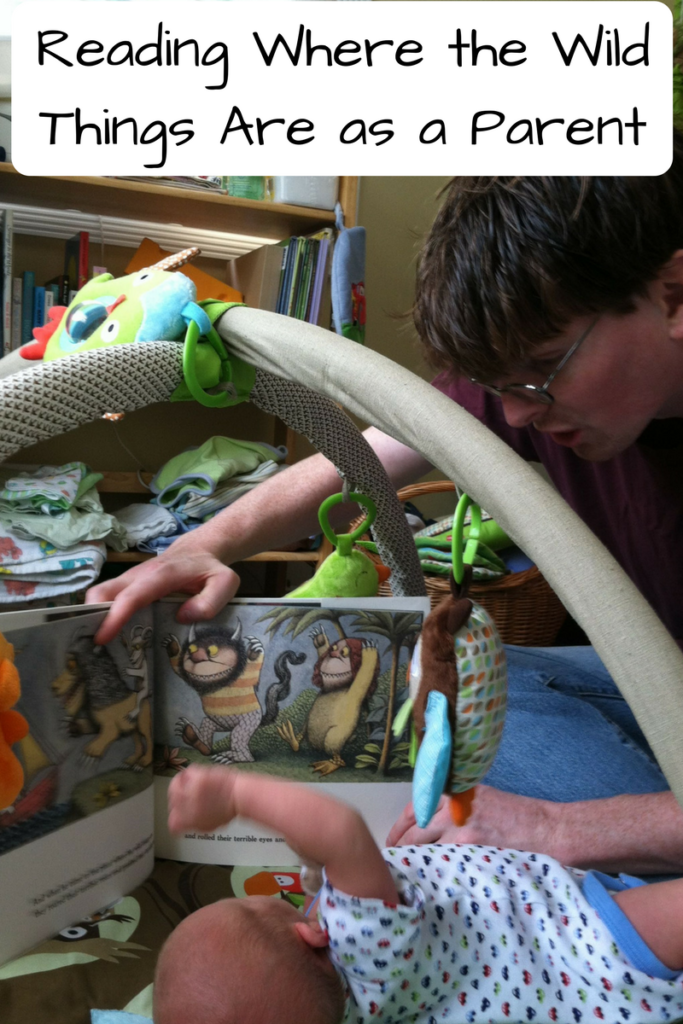Book Club is a semi-regular feature on the blog where I reflect on a children’s book (or series) and my personal experiences with it. (Just a note on this one – this is based on three of the five Little Pookie books, but they’re simple enough that I’m guessing the three are fairly representative.)
Sandra Boyton is known for her silly, cute children’s books featuring wide-eyed animals. Although most her books lack a plot or consistent characters, her Little Pookie books dig a bit deeper, presenting a rare portrait of a present, competent modern mom, even if she isn’t human.
The Little Pookie books focus on the relationship between Little Pookie, a young pig, and his mom. (Little Pookie’s gender is never specified, but the clothes are stereotypically male.) In most children’s books, the parents are either absent or ignorant of their children’s goings-on. In contrast, Little Pookie’s mom is present and engaged with the story. In fact, she’s the narrator. The books consist of her conversations with Little Pookie, where she invites him to do something – go to bed, dance, think about who he is – and he responds.
Through these conversations, we see a mom who is a good role model for parents reading the books to their kids. She talks to Little Pookie at his level, with relatively simple language, without talking down to him. She is playful, pretending she doesn’t recognize him when he’s sporting giant sunglasses or knowing where he is when he’s hiding under the sheets. She trusts him to be independent, offering guidance without nagging: “Now you brush your fine teeth and wash your fine nose.” However, she does set limits, illustrated by her counting to three when she wants him to get ready for bed. She encourages creativity and movement, with an entire book of her inviting him to do a silly dance, including a part in “his very own style.” She offers choices and is flexible when he doesn’t quite pick either one. For example, when given two sets of pajamas to choose from, he mixes the top from one with the bottom from the other. She encourages reading, illustrated on the last page of Little Pookie, which shows them reading the very same book together in a clever bit of recursiveness for a board book.
But most importantly, Little Pookie’s mom tells him how much she loves him, sincerely and often. Because parents are often disconnected from the events in children’s books, this message usually isn’t communicated at all. On the other end of the spectrum, some children’s books focus on that message to the exclusion of everything else. As a result, it comes off as forced and saccharine. But the mom’s expressions of love in Little Pookie flow naturally from the rest of the story and relationship.
While I don’t think most parents would look to a pig as a role model, the Little Pookie books offer a surprising amount of insight into a good parent / child relationship. I know I’d enjoy having Sprout and I hang out with her and her adorable piglet.

